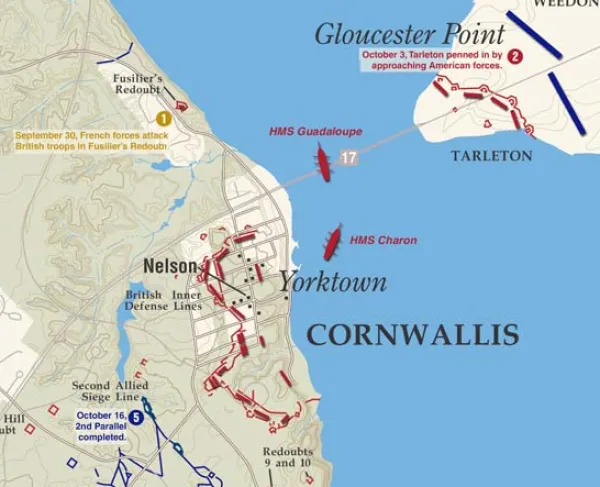Victory at Yorktown! American Battlefield Trust Saves 49 Acres at Famed Revolutionary War Site
(Yorktown, Virginia) — Forty-nine acres of hallowed ground associated with the 1781 battle that secured America’s independence have been preserved for all time, the American Battlefield Trust announced today. The announcement came on Yorktown Day, the 237th anniversary of the British army’s surrender following the American and French allies’ decisive victory during the battle and siege of Yorktown.
The $5.64 million acquisition of the Battlefield Bluffs tract is the second costliest preservation campaign in the Trust’s 31-year history, after its 2006 purchase of Slaughter Pen Farm on the Civil War’s Fredericksburg battlefield.“I am delighted and grateful that the Trust and its partners have succeeded in preserving this land associated with the battlefield where George Washington and his allies secured American victory in the Revolutionary War,” Trust President James Lighthizer said. “This was an ambitious effort that took years of dedication and hard work by many people.”
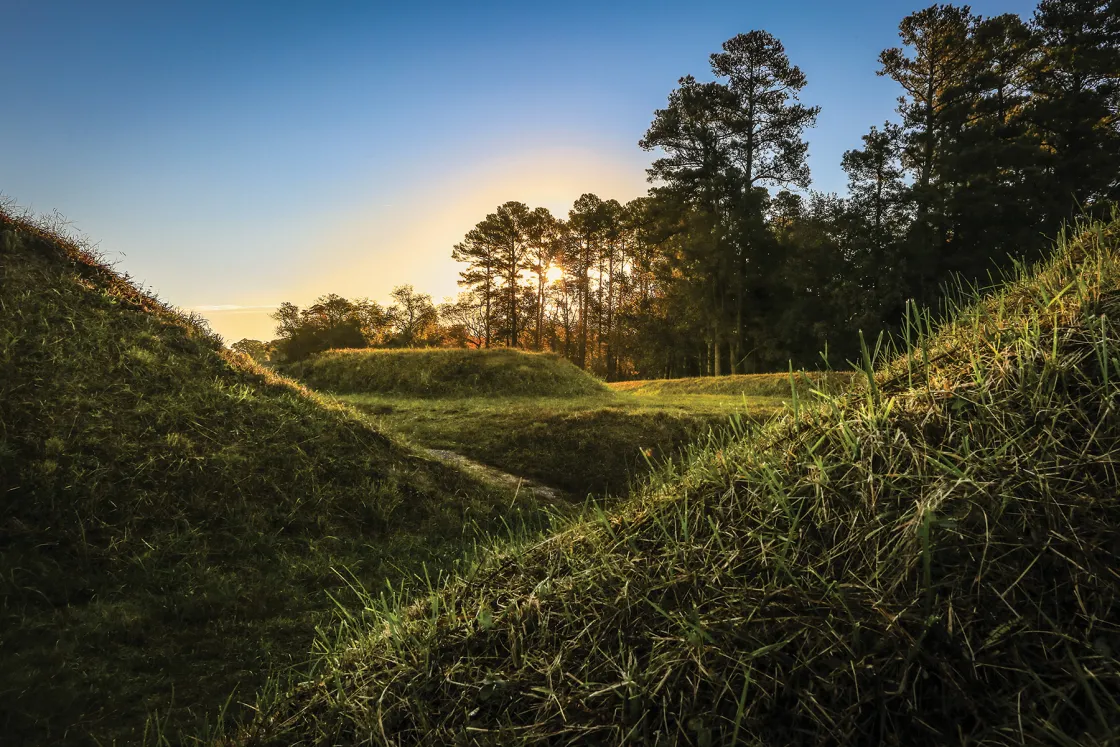
Lighthizer thanked Gov. Ralph Northam’s and former Gov. Terry McAuliffe’s administrations, the Virginia Land Conservation Foundation, the Celebrate Yorktown Committee, the National Park Service’s American Battlefield Protection Program, and Trust members and donors for making it possible. They supported the Trust’s national campaign to buy the land.
Trust leaders learned of the development threat to the parcel in November 2014 while visiting Yorktown and Williamsburg. When they asked about land-use issues affecting Colonial National Historical Park, then- Superintendent P. Daniel Smith, now deputy director of the National Park Service, shared his concern about the Battlefield Bluffs subdivision that was to be built adjoining the park.
Within months, Trust staff began efforts to acquire the property, where French troops advanced when the allied armies marched toward Yorktown on Sept. 28, 1781. French soldiers first exchanged fire with British forces in the vicinity, and the French regiments then encamped on the site and its surroundings.
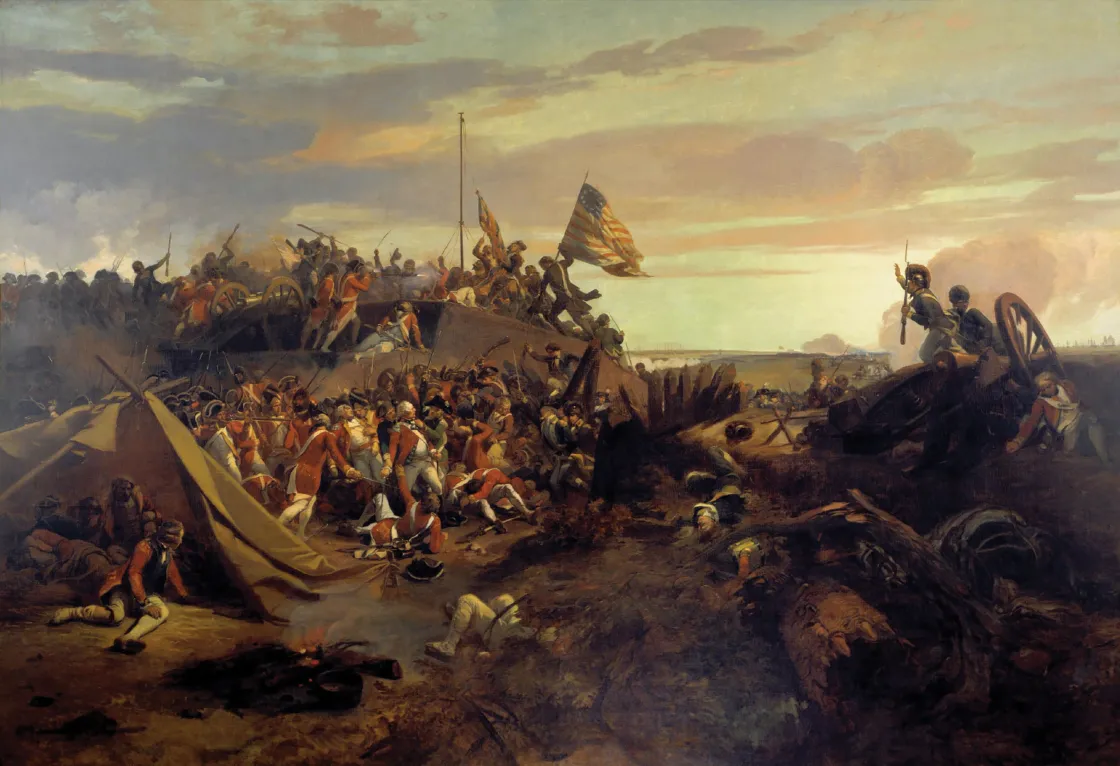
The wooded property includes an old, narrow wagon road that likely has never been traveled by an automobile. The road appears on 1781 and 1782 maps of the battlefield. During the siege, French troops probably used it to shuttle between their camps and trenches facing British fortifications near the town of York, historians say. This road may also have been used by military units during the Civil War.
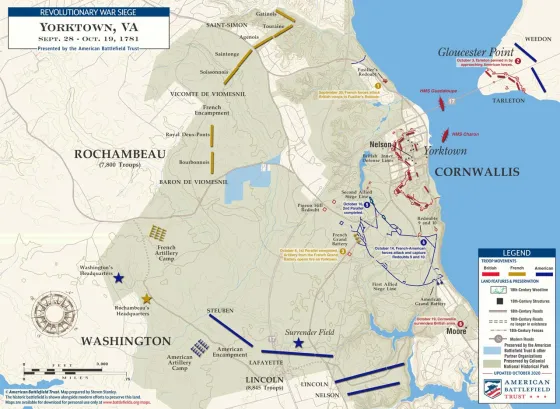
On the night of Oct. 14, 1781, French soldiers were vital to overwhelming British defenders at Redoubts 9 and 10, the breakthrough that cinched victory. Weeks earlier, the French navy had arrived, landed infantry and repelled the British fleet, curbing General Lord Charles Cornwallis’ hope of escape or getting reinforcements.
The Battlefield Bluffs tract, near Goosley and Crawford roads, is almost entirely surrounded by Colonial National Historical Park. The subdivision’s development would have felled the historic property’s woods, ruined views from the park, and shattered visitors’ experience of the historic landscape along the park’s nearby West Tour Road, which follows historic road traces.
The French army and navy were crucial to vanquishing General Lord Charles Cornwallis’ forces, and beginning the end of the six-year-long war. A peace treaty with Britain came in 1783.
The Battlefield Bluffs property also figured in the Civil War’s Peninsula Campaign, when Confederate Gen. John B. Magruder built miles of earthworks to defend against an open siege by the Union commander, Gen. George B. McClellan. The Yorktown battlefield anchored Magruder’s line. The 1781 siege succeeded spectacularly; the one in 1862 failed.
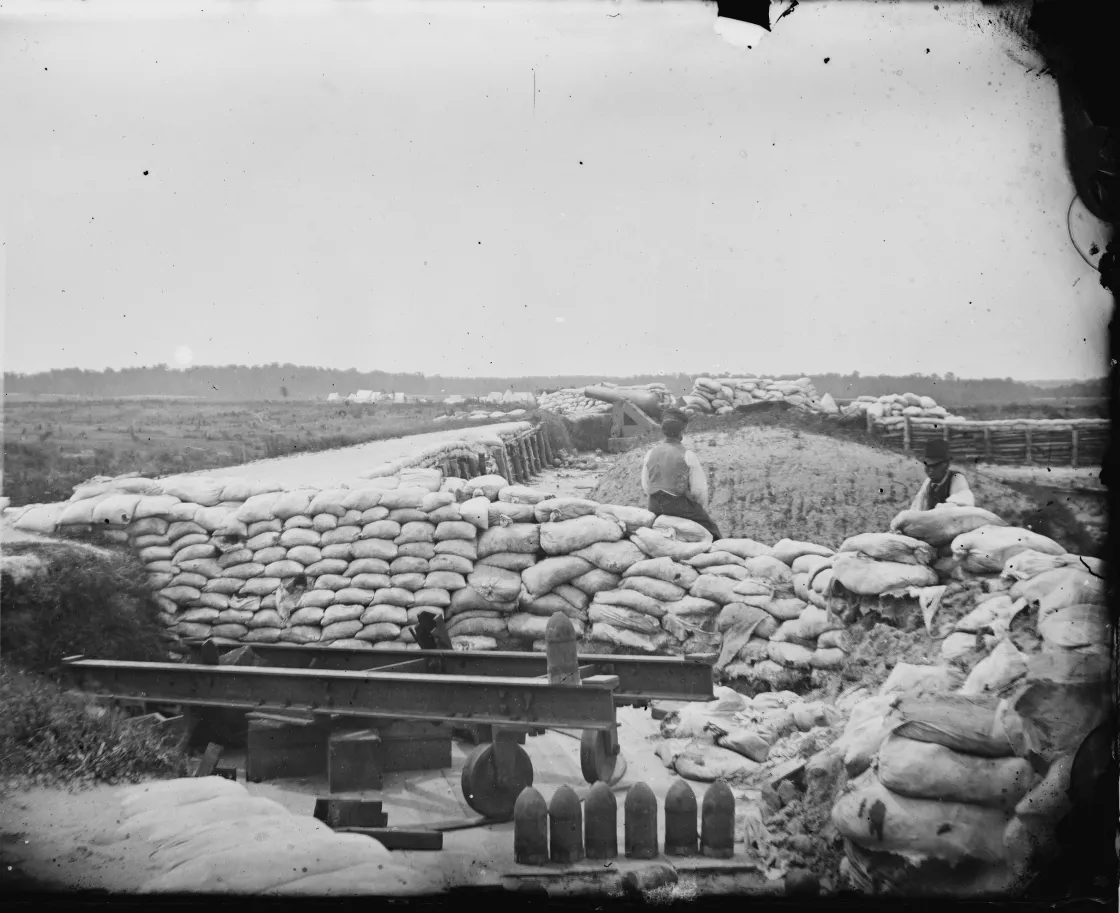
With Yorktown, the American Battlefield Trust has preserved more than 1,000 acres of Revolutionary War and War of 1812 battlefields and historic sites since 2014, when its mission expanded to encompass those conflicts. These places include Lexington and Concord, Mass.; Princeton, N.J.; Camden, S.C.; and Sackets Harbor, N.Y.
Earlier this year, the American Battlefield Trust was selected by the U.S. Department of the Interior as the national nonprofit leader of efforts to celebrate the 250th anniversary of the nation’s founding. The Trust is working with the U.S. Semiquincentennial Commission to plan a commemoration that encourages history education and historic preservation.
The American Battlefield Trust is dedicated to preserving America’s hallowed battlegrounds and educating the public about what happened there and why it matters today. The nonprofit, nonpartisan organization has protected more than 50,000 acres associated with the Revolutionary War, War of 1812, and Civil War, including more than 25,700 acres in Virginia. Learn more at battlefields.org.
###
